Steel Panthers Series Retrospective (Part Three)
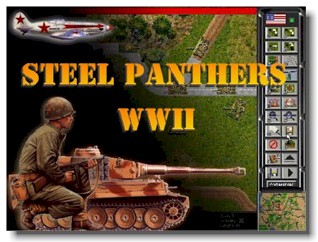
By Patrick S. Baker
Steel Panthers World War II
From the first, Steel Panthers had an active fan-base which developed new scenarios and posted them online to share with other fans. One of these super-fans was David Heath.
After founding The Gamers Network, an online game review site, in 1998, Heath went on to play-test some games for SSI as well. He also made friends with Joel Billings, the founder of SSI, and Gary Grigsby. Wanting to do more in the gaming world and “loving Steal Panthers”. Heath had several conversations with Billings and Grigsby, finally convinced them to give him the source code for Steel Panthers to develop “a fan base edition of the Steel Panthers Series”.

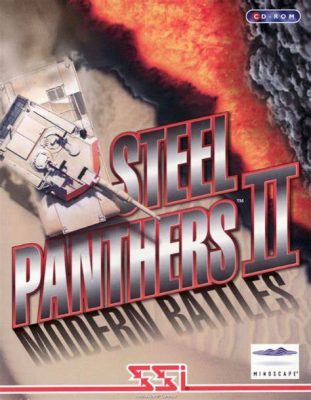 Steel Panthers II: Modern Battles (SPII:MB) was released in November 1996, just one year and two months after the release of the original Steel Panthers (now referred to as Steel Panthers I or SPI). Grigsby had two main goals while developing the new game; one was to improve the animation and the other was to let the players simulate most of the armed conflicts, both major and minor, historical or hypothetical, throughout the world, from 1950 to 1999.
Steel Panthers II: Modern Battles (SPII:MB) was released in November 1996, just one year and two months after the release of the original Steel Panthers (now referred to as Steel Panthers I or SPI). Grigsby had two main goals while developing the new game; one was to improve the animation and the other was to let the players simulate most of the armed conflicts, both major and minor, historical or hypothetical, throughout the world, from 1950 to 1999.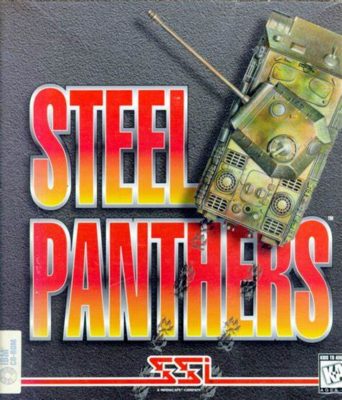 By Patrick S. Baker
By Patrick S. Baker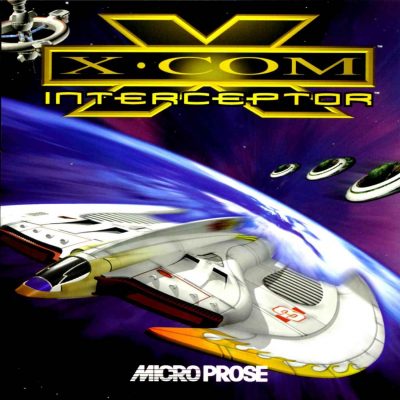 X-COM: Interceptor
X-COM: Interceptor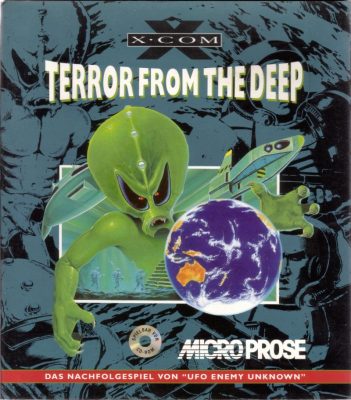 By Patrick S. Baker
By Patrick S. Baker